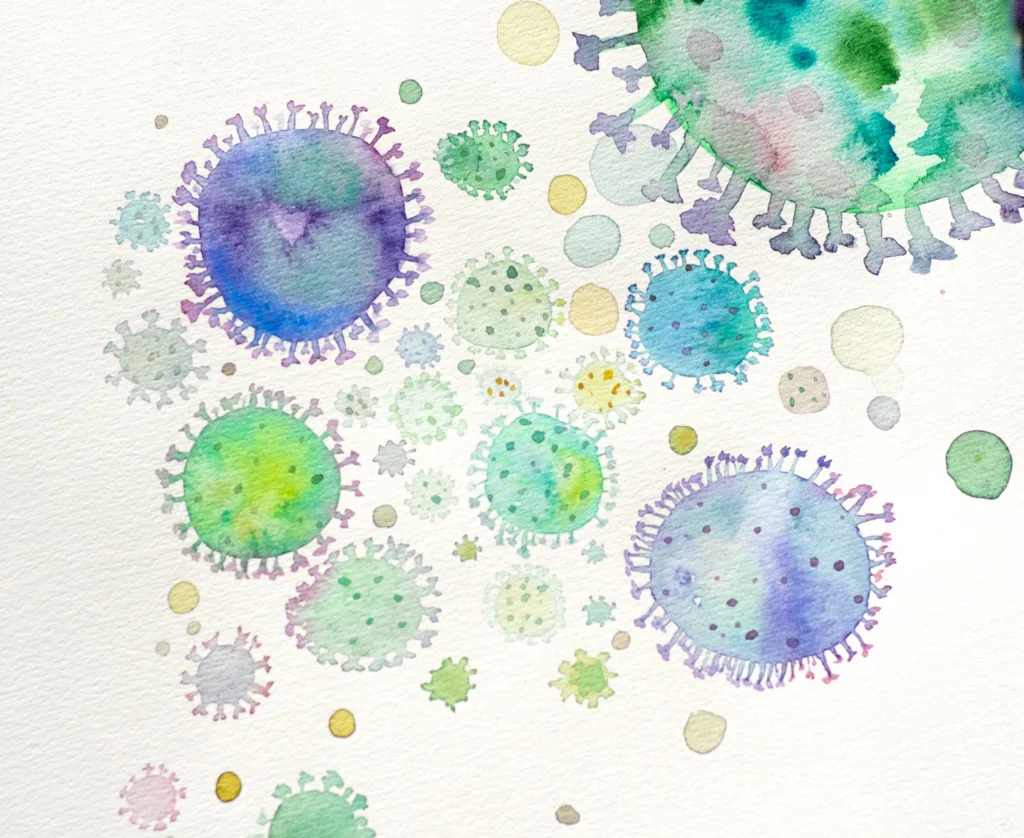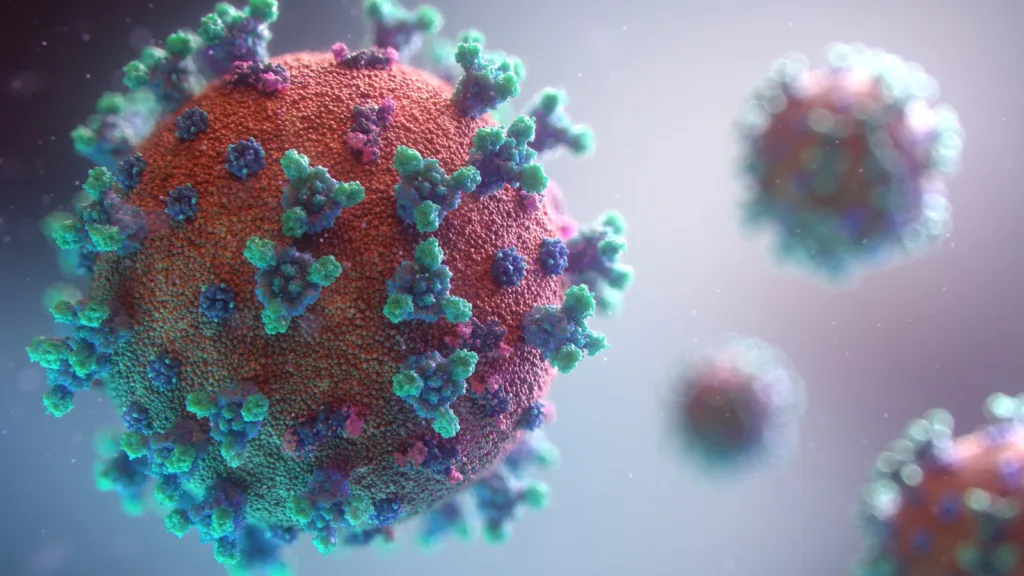Due to the planet’s ongoing overheating, insect-borne diseases that were formerly limited to specific geographic regions are now becoming more widespread. Scrub typhus is one such illness that was only discovered for the first time in the hilly nation of Bhutan.
Table of Contents
What is happening?

Through the biting of a larval mite belonging to the Trombiculidae family, commonly referred to as chiggers, scrub typhus is spread.
According to the CDC, symptoms of the zoonotic infection include fever and chills, headaches, body pains and muscle discomfort, and mental abnormalities ranging from confusion to coma.
It has historically only been found in the “tsutsugamushi triangle,” a region of the Asia-Pacific that combines high humidity with scrub vegetation, although that region is currently growing. A 2018 scientific study found that over 1 billion people are at risk of the disease, and that figure is still growing.
Why should this disease taken seriously?

There are other vector-borne diseases than scrub typhus that are becoming more widespread as a result of our planet’s increased heat. Vector-borne diseases are those that are spread to humans by insects that feed on human blood. There is an increase in dengue fever, babesiosis, malaria, Lyme disease, and other illnesses.
“As meteorological factors play a key role in creating an environment that is favorable for the chiggers to thrive,” stated Tandin Zangpo, who co-authored a study on scrub typhus and is a medical epidemiologist at Khesar Gyalpo University of Medical Sciences. This implies that scrub typhus epidemics will be significantly impacted by climate change. We might witness more regular outbreaks of climate change creating an environment where the humidity and rainfall are exactly right for mites to multiply.”
How is it being addressed?

In order to stop the spread of scrub typhus and other zoonotic disease epidemics, Zangpo promoted a One Health strategy. “One Health is an integrated, unifying approach to balance and optimize the health of people, animals, and ecosystems,” according to the World Health Organization. It develops novel techniques for disease prevention and surveillance by utilizing the intimate, interconnected ties between these domains.”
More generally, we need to switch from the activities that are heating up our planet—mainly the usage of dirty energy sources like gas and oil—to clean, renewable energy sources like solar and wind.
read also : A dietician lists 5 “healthy” foods that you probably aren’t aware are overly processed.


1 thought on “Scientists express alarm over the deadly disease that threatens over a 1 billion people, saying that “we may see more frequent outbreaks.””